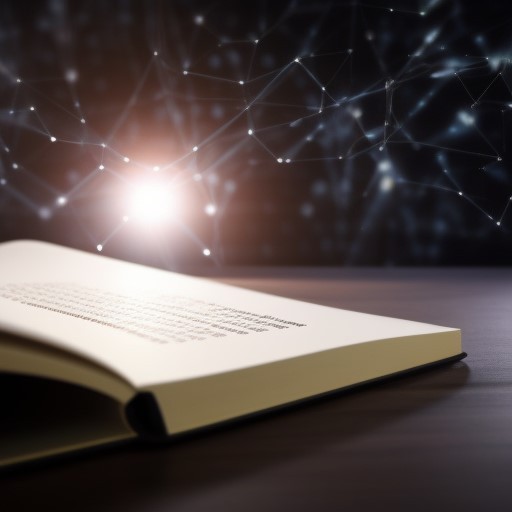
It feels like just the other day writers were using typewriters to write books, and even earlier they used pens and ink. Now, artificial intelligence has learned to compose entire works of literature. Books written by neural networks enjoy popularity as much as author-written novels do. But don’t think that just anyone can submit a query to a program and get a finished work that publishers will gladly accept and print in millions of copies.
If you don’t have talent, lack a unique writing style, and imagination is missing, then a book created by AI based on your queries will not be successful. However, when used correctly, a neural network can become an excellent assistant for generating ideas, adding vivid descriptions, and creating interesting character images. From this article, you will learn whether a neural network can write a book and what you need to do to become a writer with the help of AI.
How to Write a Book with the Help of a Neural Network
Artificial intelligence is capable of creating stories in different genres, writing essays, generating texts on various topics, mimicking an author’s style and logic. Neural models analyze huge volumes of literary works by different authors and based on them, create unique texts. Therefore, it will not be difficult for a neural network to also write a book.
But before making a request, think for yourself whether anyone will be interested in a work created by a robot. After all, AI lacks genuine creative thinking, emotional depth, and subtle humor – traits inherent to the human mind. Neural networks cannot recreate the amazing worlds of Jules Verne, the fantastic images of Stephen King, the deep psychological development of characters that Leo Tolstoy did. AI can emulate an author’s style but cannot fully replace it. And only collaborative creativity between a neural network and a writer will lead to interesting results.
The first such experiment in Russia was carried out by Andrey Glebov, who is not related to the writing business. As a test of a chatbot, he wrote the work “Skynet in the Cyberpunk Era” with the help of a neural network. The work was created in one and a half months and published on LitRes.
If you also want to try your hand at the art of writing, here is a brief guide on how to write a book with the help of a neural network:
- Familiarize yourself with different AI text-generating models like GPT-3 or ChatGPT, learn about their capabilities, features, and limitations.
- Determine the genre, scope, plot line, and target audience.
- Gather material to prepare the network for model training.
- Think through the text structure – sentence and paragraph length, number of chapters, dialogues, and monologues.
- Start writing by chapters – input the beginning of a sentence and suggest the network to continue, define the plot line, change queries.
- Add bright fine details to the scenes to help personalize the book.
- Delete the history of all unsuccessful versions so the program uses a different approach.
- Be sure to edit the text and add your own phrases to “humanize” it.
- Repeat the process with the following chapters to logically conclude plot lines.
- Thoroughly proofread the resulting work and change anything you don’t like.
When co-writing a book with AI, remember that the neural model does not invent something absolutely new but generates received information. And it’s possible that your work will turn out to be a case of plagiarism of an obscure novel. If you write a book through a neural network, you may face copyright infringement accusations after publishing. Therefore, it is not recommended to fully entrust the writing of literary works to AI. Still, contribute your part – work on the plot, add characters, and scene descriptions.
A Children’s Book Written by a Neural Network
Not long ago, a publishing house published a children’s book AI Tales by writer and artist Ilya Aligozhin. The Russian author does not hide that the collection of tales was written in collaboration with the chatbot @chat_ai_tg_bot. Some stories were written by the writer himself, while others were generated by AI without editing.
According to Ilya Aligozhin, during the work, he experienced vivid emotions. The neural network, trained on the works of the writer and other Russian authors, came up with such images, original and colorful descriptions that he himself could not have thought of.
The children’s book, written by a neural network in collaboration with a real writer, immediately gained popularity not among children, but adults.
Conclusions
Neural networks are capable of creating entire books with logical plot development, climax, and well-thought-out ending. AI can become an excellent tool to help writers find new ideas, develop images, and think through plots. However, at the current stage of development, neural connections still cannot fully replace true thought, emotional color, and human feelings. Neural networks may be used as assistants. But genuine creativity, imagination, and originality in literary works are only accessible to humans for now.

